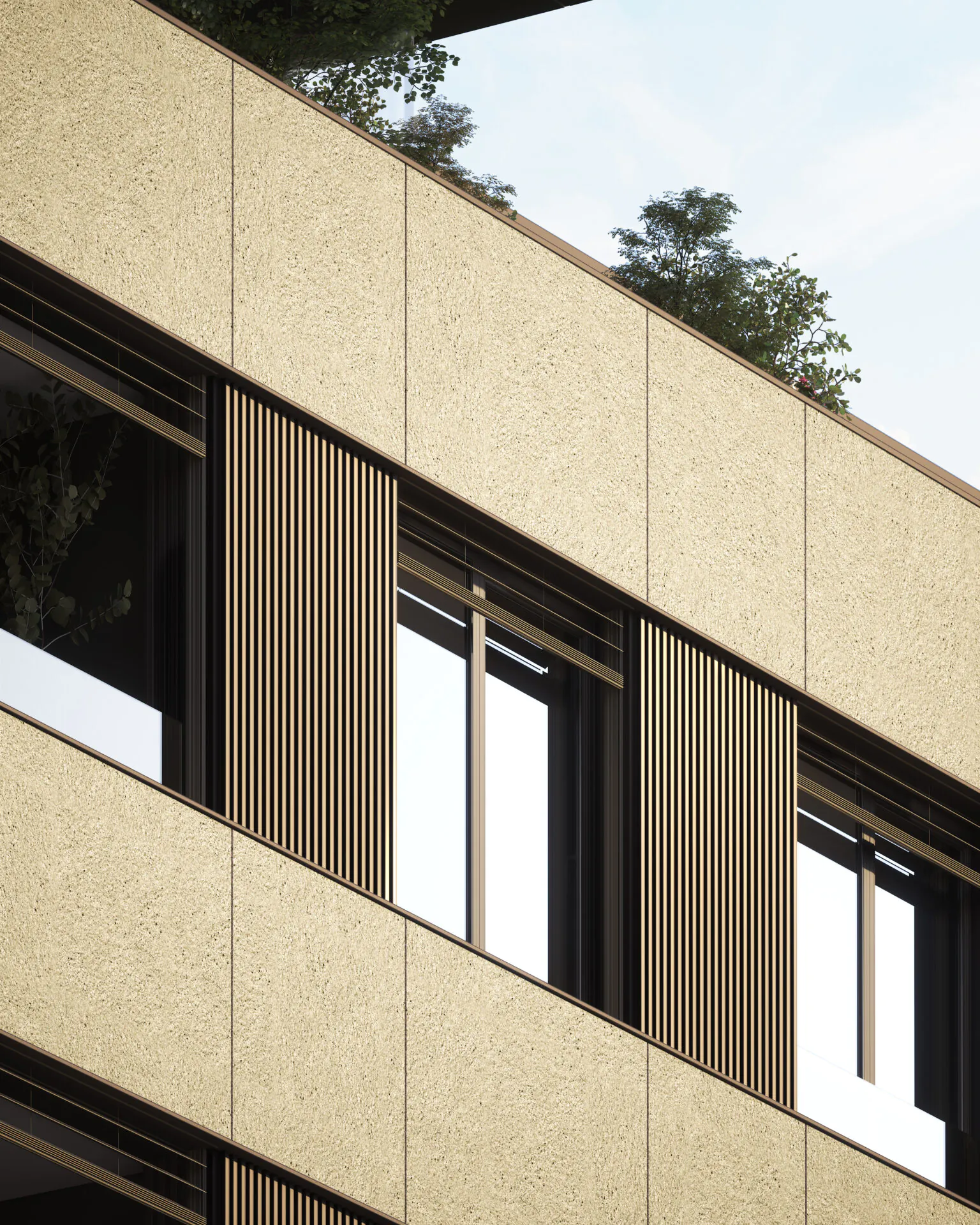Building insurance is a policy taken out for the residential building as a whole, in accordance with the Ownership and Other Real Rights Act. It protects against damages that may occur to the common parts of the building and is one of the obligations of regular building management.
According to Croatian law, a building with multiple owners (a multi-residential building) must be insured. Under the Ownership and Other Real Rights Act and the Compulsory Traffic Insurance Act, owners of co-ownership shares of a multi-residential building are obliged to insure the building and its parts against certain risks such as fire, earthquake, storm, and others.
The purpose of insuring multi-residential buildings is to protect the property, owners, and co-owners from potential damages and losses. Regulations governing building insurance in Croatia usually also set the level of coverage, types of risks that must be insured, and other aspects of insurance. Since laws and regulations may change, it is always important to consult up-to-date legislation or seek advice from a legal or real estate professional to obtain the latest and most accurate information on building insurance obligations in Croatia.
What is insured?
The common parts of the building, such as:
- Roof, façade, foundations, and other shared structures
- Staircases, hallways, basement areas
- Shared installations (electricity, water, gas)
- Elevators, intercoms, boiler rooms, storage rooms
WHAT DOES THE INSURANCE POLICY COVER?
It depends on the package, but it generally includes (basic fire insurance, additional insurance against water damage caused by leakage from water supply and sewage pipes, liability insurance of co-owners of a residential building towards third parties for the building as a source of danger, insurance at new replacement value):
| Coverage | Note |
|---|---|
| Fire | Lightning, explosion, fire, strike of thunder |
| Floods, storms, hail | Weather-related damages |
| Burst pipes | Water supply and sewage installations |
| Fall of a tree, vehicle, or object | External objects hitting the building |
| Liability towards third parties | E.g., a falling roof tile injures someone |
| Vandalism | Break-ins, damaged entrances, etc. |
| Glass breakagE | Shared entrance doors, windows |
| Land and terrain (rarely) | In cases of landslides or collapses |
IMPORTANT:
- Building insurance does not cover the interior of apartments (furniture, appliances, etc.) – this must be insured separately by each owner.
- It does cover damage to walls, windows, ceilings, and common infrastructure.
- Earthquake insurance is optional (not a legal obligation) and requires a separate policy if co-owners wish to arrange it. It also covers only damages to the building’s common parts
Recommendation
A building should always have insurance, because it:
- Protects all co-owners from unforeseen expenses
- Enables quicker repairs of damages
- May be a condition for bank loans or energy renovation projects



